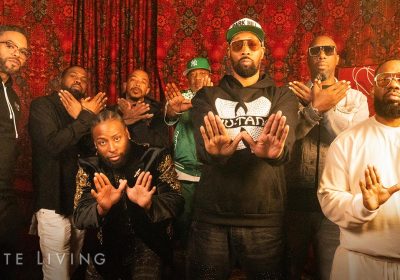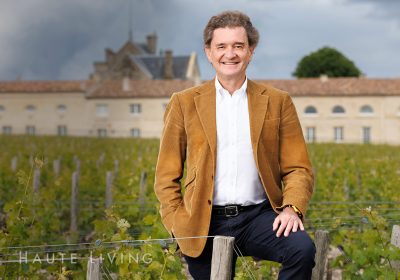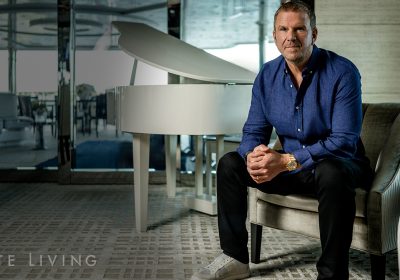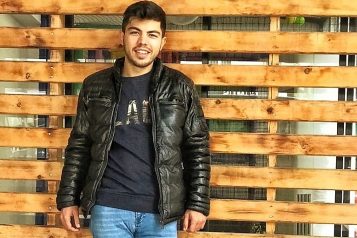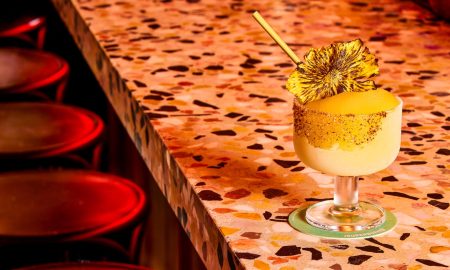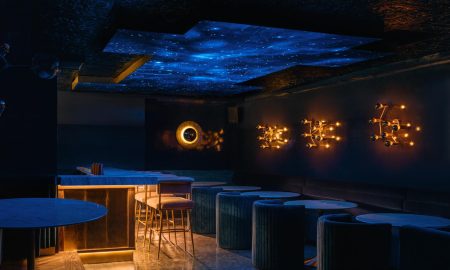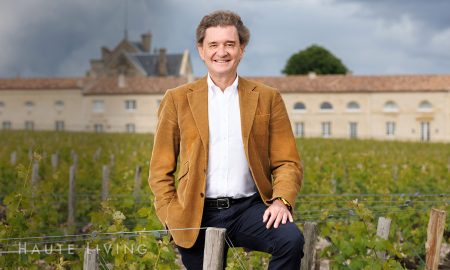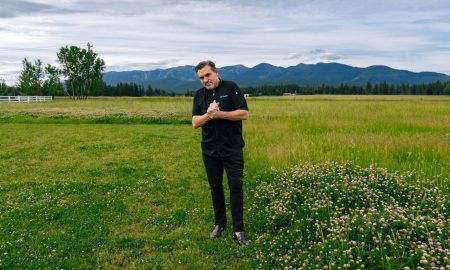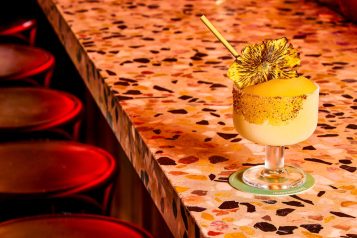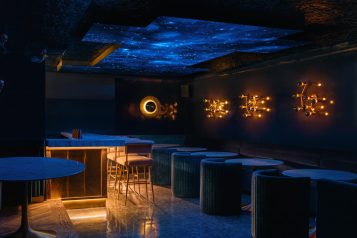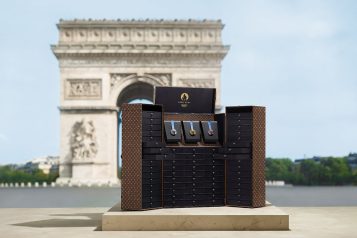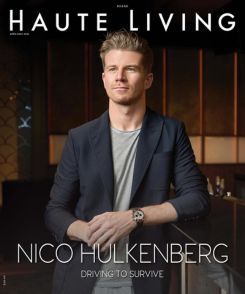Napa Cabernet wouldn’t be the same without these four winemakers—Andy Erickson from Screaming Eagle, Dalla Valle Vineyards and Favia Wine; Dan Petroski from Larkmead and Massican; Helen Keplinger from the Grace family, the Bryant family and Keplinger Wines; and Philippe Melka from Hundred Acre, Dana Estates, Tusk Estates and Melka Estates. For a very special virtual tasting event, Haute Living in partnership with Wine Access, brought these four luminaries together, hosted by Wine Access Head of Wine and one of only 53 Masters of Wine in the U.S., Vanessa Conlin, as well as Haute Living CEO Kamal Hotchandani, and myself, Deyvanshi Masrani, Haute Living SVP. We went way beyond the bottle and into the inspiring backstories of these vintners, whose impact on American wine as a whole has been dramatic. Check out some of the highlights from this engaging and insightful conversation here, and scroll to the bottom to watch the virtual event in its entirety. Also, click here for more info or to purchase the wines we tasted for this special experience: 2011 Favia Cerro Sur Red Wine Napa Valley; 2015 Melka Mekerra Proprietary Red Knights Valley; 2010 Larkmead Vineyards Solari Cabernet Sauvignon Napa Valley; and 2015 Keplinger Sumo Amador County.
Andy Erickson on the best advice he’s ever received in winemaking
 Photo Credit: Favia Wines
Photo Credit: Favia Wines
When I started my own winery and started consulting for people…in the early 2000s…[David Abreu] came to me one day and said, “If you’re going to take a new project on, you have to picture all your clients at a dinner party, and you’re going to invite someone new into the picture, [so] what does that person bring to the table? How is everyone you’re already working with going to view this new person?” I just thought that was so cool and I still kind of think that way. I don’t have so many projects going on [now] but every time I take something on, I try to think, “How is this really going to fit into what I’m doing?”… [Also,] a lot of people ask, “How did you decide to do what you’re doing,” and the fact is, I never had a plan. I came to [Napa] Valley…and I just fell in love with the idea of [making wine]…I just sort of make it up everyday and it’s such a great place and a great industry.
Dan Petroski on shifting into a winemaking career path
 Photo Credit: Larkmead
Photo Credit: Larkmead
I always get the, “How do I change my career,” question. My advice is to take the risk. A lot of people don’t want to take the risk, a lot of people don’t want to change their lives…but if they’re not truly willing to take the risk, then don’t ask me the question. In the 15 years since I left New York City and moved to Italy and then ended up here [in Napa Valley], that’s the one question I get more often than not, [about] “How can I also become a winemaker?” But…if you’re not willing to take the risk, if you’re in your mid-30s like I was…that’s soul-searching. That’s something you’ve got to find in yourself, to move that question forward…Andy Smith, when I started with him, he said, “Everything ripens in California.” It’s funny because this panel is so amazing because the first thing Andy Erickson said when he started talking about his wines and sense of place and drinking old-world wines, and then to know Philippe came from France and he started with the Moueix family at Dominus back in the day…and Helen moved her vision for the wine she wanted to make up to Amador County and cooler climates where things were going to have a little bit of a struggle with ripening to make wines with a little more sense of place where everything ripens in California.
Helen Keplinger on one of her first professional winemaking experiences
 Photo Credit: Keplinger Wines
Photo Credit: Keplinger Wines
I went to Spain [and] I was hired for this project. It was five friends who purchased a vineyard and they had sold the first couple [of] years of fruit to other people and [that was] the first year they were going to make wine, so they hired me as their winemaker….It was very much on the learning curve and falling off a lot. I was managing the crew who farmed in the vineyard and I was working closely with one other grower who had three vineyards, and we rented space in someone else’s winery. I had to obtain tanks and [a] pump and a new press, so the first day we had fruit, we had this old wine macabello that was 60 years old and it was luckily a very small parcel. But the way we were doing it was the grower that we worked with, who was wonderful, had one of those European car vans. We picked everything into these…30-pound lug boxes except they were the “tall wall” European style, and loaded the back of his car van. It was three trips to the winery, which was really just a ten-to-fifteen minute drive. But all super snake-y mountain roads with no guardrails and a sheer drop-off. I had been up early with them picking and I drove the three loads—I drove the three loads of grapes to the winery, unloaded the grapes, got back in the van, drove back to the vineyard, helped him load up—I was doing all [of] this alone, and I almost drove off the cliff going to get the third load, which was, unreal! Luckily the van stopped before plummeting and some guy pulled off and pushed my van back onto the road. Super miracle type thing.
Philippe Melka on more Cabernet Franc coming out of Napa Valley
 Photo Credit: Melka Estates
Photo Credit: Melka Estates
You’re going to see more and more and more Cabernet Franc. [It] has been in [Napa] Valley…like Andy was saying, he’s been harvesting some really old vines, Maya from Dalla Valle [is] also constructing there from the early 90s to really show that Cabernet Franc is really a strong player. I always felt like Cabernet Franc was a perfect blender, but being on its own—100-percent Cabernet Franc—of course, as a winemaker, I love it! But I think [it] might be a little more difficult for the consumer because for me personally, [it] needs more time to age, it’s always what I call a “tough guy who never wants to talk to you.” Like all those people we’re meeting in vineyards especially in Europe—Italy, France—who are like, “Who are you? I’m never going to tell you what I’m doing!” So you really have to work [it] out and drink a lot of wine until you get some answers! And Cab Franc has a little bit of this concept where…it’s not going to tell you everything right away. You really have to be very detailed and very, obviously, cautious and strong into the farming. It’s all about the grape. And if you push it too hard, it’s going to kick your a** and say, “[Nope,] I don’t like that!” Cabernet Sauvignon is much more flexible in terms of the winemaking you can really do…A lot of people are planting Merlot into Cabernet Franc, which we feel is more suitable, and I would say even warmer, more difficult climatic conditions…so, I think Cabernet Franc has a bright future, [but] it’s never going to be the king of Napa Valley. But it’s going to really help a lot of vintners to make better wines.




